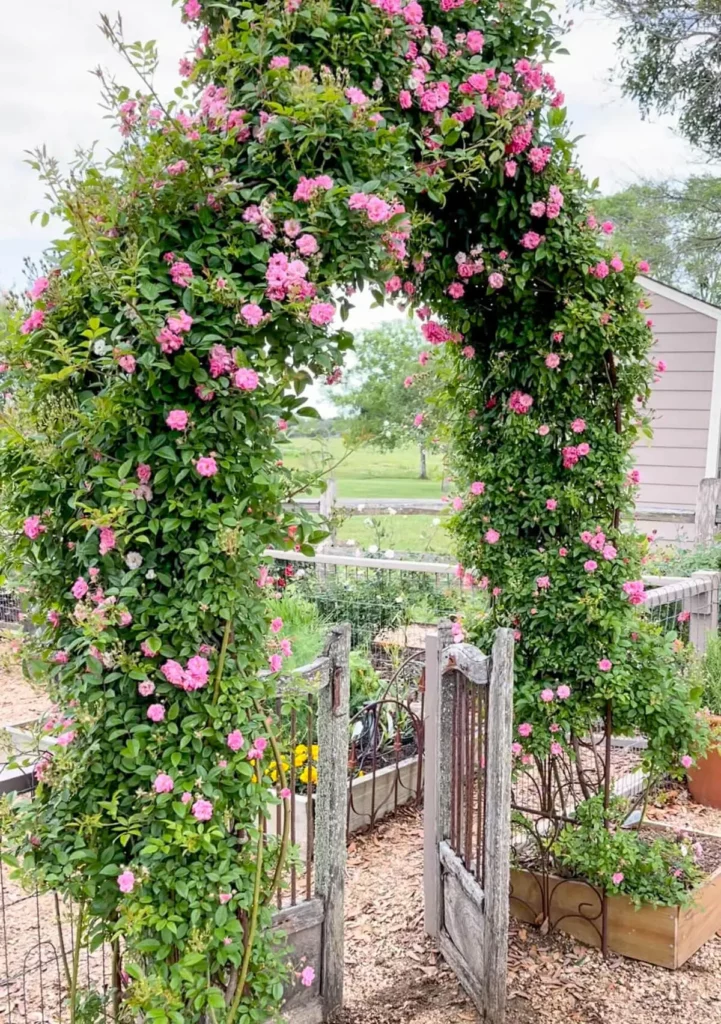
Preface
I love all things home, farm and garden but my passion lies in the garden. I remember it first emerged in college. I built a very small herb box, stenciled it, filled it with herbs and placed it on my apartment patio. From that little box, to what you see today, are years of trial and error, education and a passion to learn. Flash forward 25 years later and I now have the garden of my dreams! Gardening is definitely a labor of love and so worth the effort. Join me as I help you navigate through it all!
The biggest question I get is “Where do I start?”
First, evaluate the space you have. Is it small, where it lends to container use or large, where you have open space for garden rows? No matter how large or small, you can always garden! Try to stay realistic and pace yourself. Bigger is not always better. Remember…the larger your garden, the more effort it takes to maintain!
What do I plant?
That’s easy! If you like it, plant it! If not, then don’t! You won’t use what you don’t enjoy, so don’t bother.
It is key to start off by learning your hardiness zone. Each zone will tell you the average lowest annual temperatures that can be expected, in each region. Locate your county and determine which hardiness zone you are in. A quick Google search will tell you this! Once determined, buy garden plants that are listed as your hardiness zone and colder. (Example: if you are in zone 9, then buy plants that are for zones 9, 8, 7 and colder).
Once you have determined your zone, this will help with preparing a planting schedule for when to start seeds, transplant and harvest. Again, a quick Google search for your planting schedule in your zone will show you what is best to plant, at what time!
Planning your Garden
Choose your style whether it be formal or informal and evaluate the area. Is it shady or sunny? Tends to stay wet or dry? Will it be used for aesthetics or functional purposes? etc.
The initial focus should be on the layout, size and appropriate pathways of your garden. Sometimes it’s easier to diagram your space, so you can plan on what you can fit into your particular space. If you are strictly focused on landscaping, use gentle curves rather than straight lines. It’s more pleasing to the eye. However, in my vegetable garden, I like more symmetry and use rectangular beds. Note a bed should be at least 3’ x 3’ in order to have the best food production. This size allows for the best microclimate for plants to thrive. This size (or 4’ maximum width) also allows for ease of reaching the entire bed for planting and weeding. Also, choose a location close to your home, so working in the garden is more convenient. It should also be located near an easily accessible supply of water. If vegetable gardening indoors, the best spot is a sunny window that faces South. This allows for optimal indoor lighting for plants to thrive. If gardening outdoors, note most plants require a minimum of 6-8 hours a day of sunlight, so location is key.
Think about pathways too. Will they be used functionally or aesthetically? Wider paths are better for strolling but pathways between beds should be smaller to optimize planting space. Allow for at least 18” in these areas or just wide enough for a wheelbarrow to pass through. If your own garden plans are constrained by a lack of space, think vertically! Use items such as bean towers, nets, strings, A-frames, cages, pole supports, obelisks or trellises to optimize space.
Lastly, consider installing a seating area where you can sit back, relax and enjoy the fruits of your labor.
Soil Preparation
The key to successful gardening is soil preparation. Plants will never survive without a solid foundation of nutrient-rich soil. Preparing your soil is the best thing you can do for a bountiful garden. Plants must have a medium in which they can absorb water and nutrients for healthy development. This is the foundation for successful growth in your garden. Garden soil needs to be well-drained and moisture retentive.
Think of the old gardening adage: “Never put a $10 plant in a $2 hole.” So true! The best thing you can do to your soil is add organic matter. It helps retain moisture and nutrients while loosening tight soils, like clay.
Learn your soil type. Is it clay, sandy or loam? Once you have determined your soil type, then amend it based on this information. For example, my garden has clay soil. If planting directly in the ground, I will amend with organic matter to loosen this tight soil. This can include, compost, manure and peat moss.
For my raised beds, I like to remove any weeds and unwanted plants from my beds. I then add several inches of a high quality raised bed mix, (at least 2 times per year in both Spring and Fall) then till in the soil well. You can also use a garden fork or shovel.
By keeping the soil rich and fertile, you can reduce many gardening issues. The best homemade mixture I have found is equal parts peat moss, coarse vermiculite and blended compost.
Also, don’t forget about mulching too. It is also used to maintain moisture and weed control. It also looks aesthetically pleasing too!
Watering
For lawns, water less often but longer. This is better than daily, for only a few minutes. It encourages deeper root growth, which can prove to be hardier and drought resistant.
For vegetable and rose gardens, it is best to water from the base, with the help of soaker hoses or drip irrigation. This places water right at the roots and does not wet the leaves. It does so by watering at a low flow for an extended period of time. This helps with disease control such as black spot and powdery mildew, etc. Note, during growing season, vegetables require 1” of water per week. Also, be sure to locate your garden near an accessible water source, in the event you do not have an irrigation system. You can also install water collection barrels to capture rain water too.
Timers allow for automatic watering and can be extremely helpful but keep in mind, it can be costly and does have placement requirements.
It’s best to Invest in durable hoses too.
Fertilizing
I’ve found organic fertilizers are best but commercial fertilizers can be beneficial as well. Again, a quick Google search can you help you best determine a fertilize type and schedule for your zone. I have found an occasional dose of fish emulsion or compost will add trace elements to the soil and help plants to thrive.
You may have interest in starting a compost pile as well. This will provide much needed organic matter to your garden. Composting is best achieved by layering organic materials, with the addition of small amounts of soil and water. Once done, you wait for your concoction to turn into humus. Composting includes 2 types, active and passive. The main difference between active and passive composting is the time that it takes for organic matter to decompose. Active composting is faster but requires more work and monitoring. Passive composting is slower but needs little to no management. I would encourage you to research this topic, should you have further interest.
Pests, Disease and Weeds
This is what gives me the most trouble in my garden. I find that if I don’t address the problem immediately, it becomes an exponential problem and often results in me sending countless plants to the landfill. By the way, never compost diseased plants as they can reinfest your garden.
Upon initial installation of your beds, consider deterring weeds by first placing down a layer of cardboard or weed blocking fabric, then cover with at least 4” of organic matter/compost. Don’t forget to do the same for your pathways too! You can top pathways with wood chips or decomposed granite.
You can apply pre-emergent weed control but hand weeding and mulching can also be used to keep weeds at bay. Most people do not mulch enough! Keep mulch at least 3” deep to get the best benefits out of it.
Visit your local garden center to help identify and select the most appropriate control aids for your garden. They are often very knowledgeable on issues that arise in your particular area.
Let’s Get Started!
After taking into account your climate, space, soil prep, you are ready to plant!
Ask yourself if you will be planting annuals or perennials. So, what is the difference?
Annuals – are plants that sprout from seed, mature and die within one growing season. They are divided into warm and cool season annuals. Remember, these plants are typically higher maintenance than perennials, so keep this in perspective.
Perennials – are simply plants that live more than 2 years.
I primarily focus on my vegetable and flower garden, so many of my choices are annuals. However, if landscaping a large yard, it is always more aesthetically appealing to incorporate both.
Month-By-Month Gardening Tips for the Southern Gulf Coast Region
January
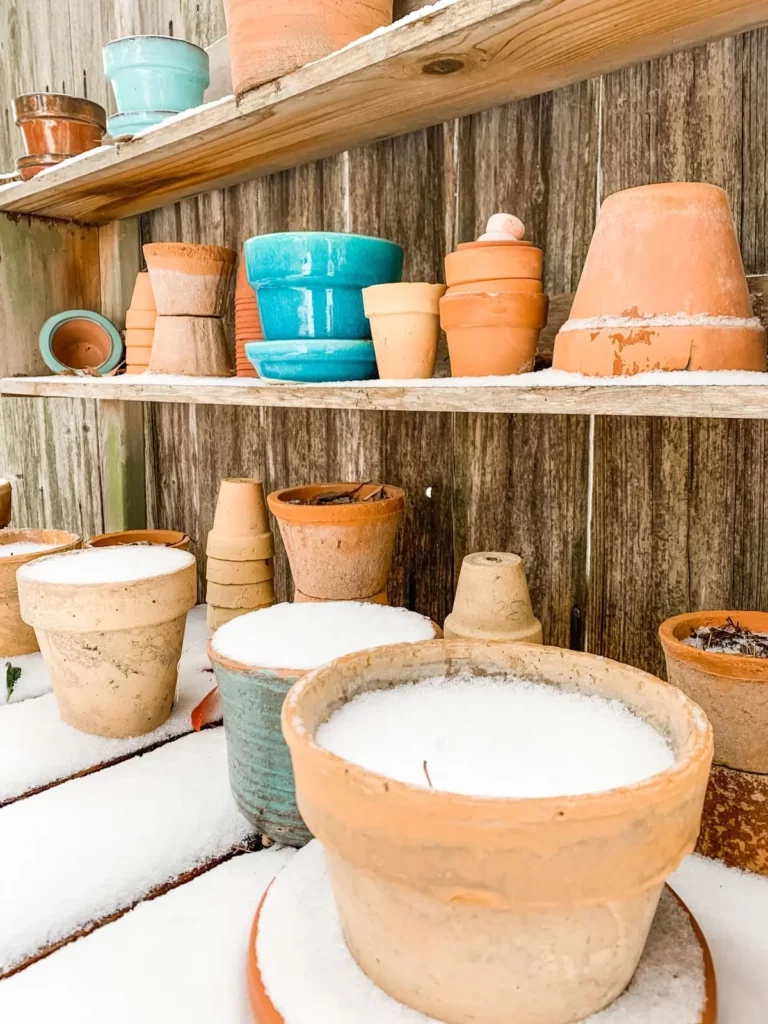
This is the month I am already dreaming of Spring! I’ll spend countless hours looking at catalogues and magazines for seeds and gardening ideas. Some favorite sources – Burpee Seed, Johnny’s Selected Seeds, Texas Gardener Magazine, Park Seed Co. and Gardener’s Supply Company.
I may begin to purge winter damaged plants that are no longer viable. I will also assess what I would like to add or change or what I would like experiment with in my Spring garden. I will also begin seed starting. It is important to know your hardiness zone in order to know when to start your seeds. Your hardiness zone determines your average last date of frost (see the above section on “What Do I Plant” to determine your zone). Typically, I will start seeds 4-6 weeks advance of this date. For example, I live in SE Texas. We are in gardening zone 9a. Our average last day of frost is typically around Valentine’s Day, so I will start my seeds 4-6 weeks ahead of this date. I have already begun sewing my tomato seeds and will be planting seed potatoes soon.
January Checklist:
- Introduced pre-chilled bulbs (such as tulips and hyacinths) into beds
- Feed winter annuals
- Along the Gulf Coast it is fine to plant trees, as long as it’s not too cold
- Mulch beds
- Repair any garden tools or mowers before the Spring rush
What I Can Plant in January:
- Arugula
- Broccoli
- Bulbs
- Cauliflower
- Chives
- Cilantro
- Dill
- Fennel
- Garlic
- Kale
- Lettuce
- Mustard
- Oregano
- Parsley
- Radishes
- Spinach
- Strawberries
- Swiss Chard
February
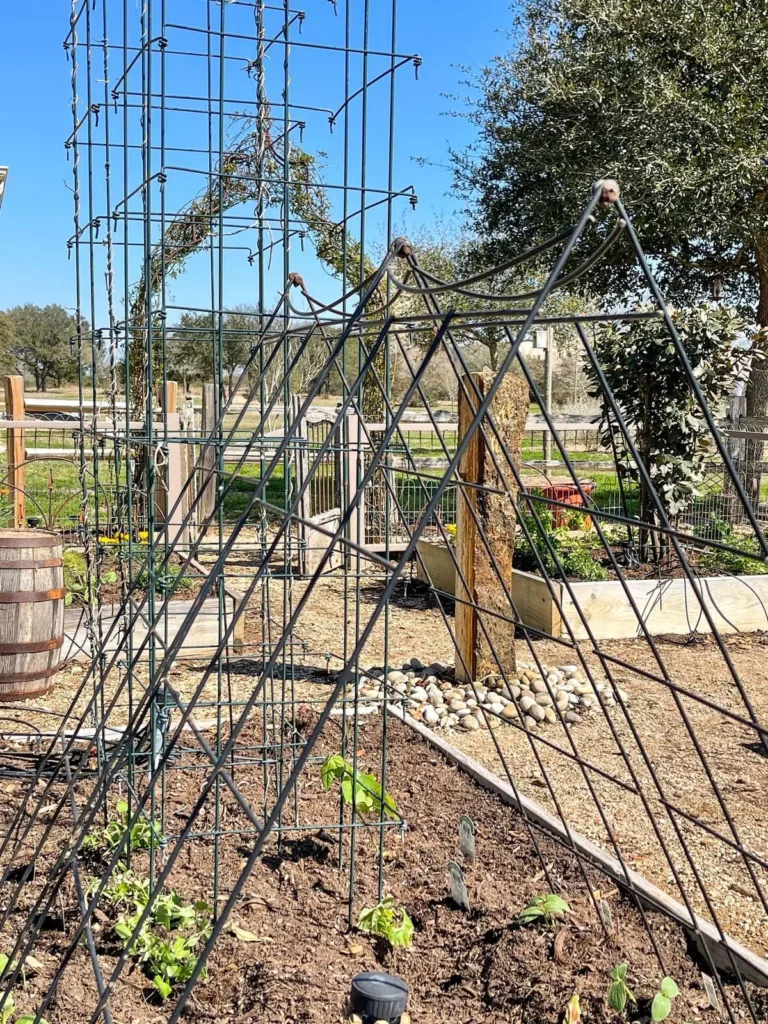
I always jump the gun here because I’m so excited for Spring but refrain from planting too early. It will result in weak garden growth. Be sure to begin planting only after the last danger of frost has passed.
February Checklist:
- Continue planting cool season annual flowers and vegetables.
- Pruning roses, evergreen shrubs and grapes.
- Mow your lawn late in the month to remove old growth. Drop your blade by 1 or 2 notches for a good trim.
- Deadhead winter annuals.
- Apply dormant oil sprays to fruit trees.
What I Can Plant in February:
- Arugula
- Broccoli
- Carrots
- Cauliflower
- Chives
- Cilantro
- Dill
- Kale
- Lettuce
- Mustard
- Onion Bulbs
- Oregano
- Parsley
- Peas
- Potatoes
- Radishes
- Spinach
- Swiss Chard
March
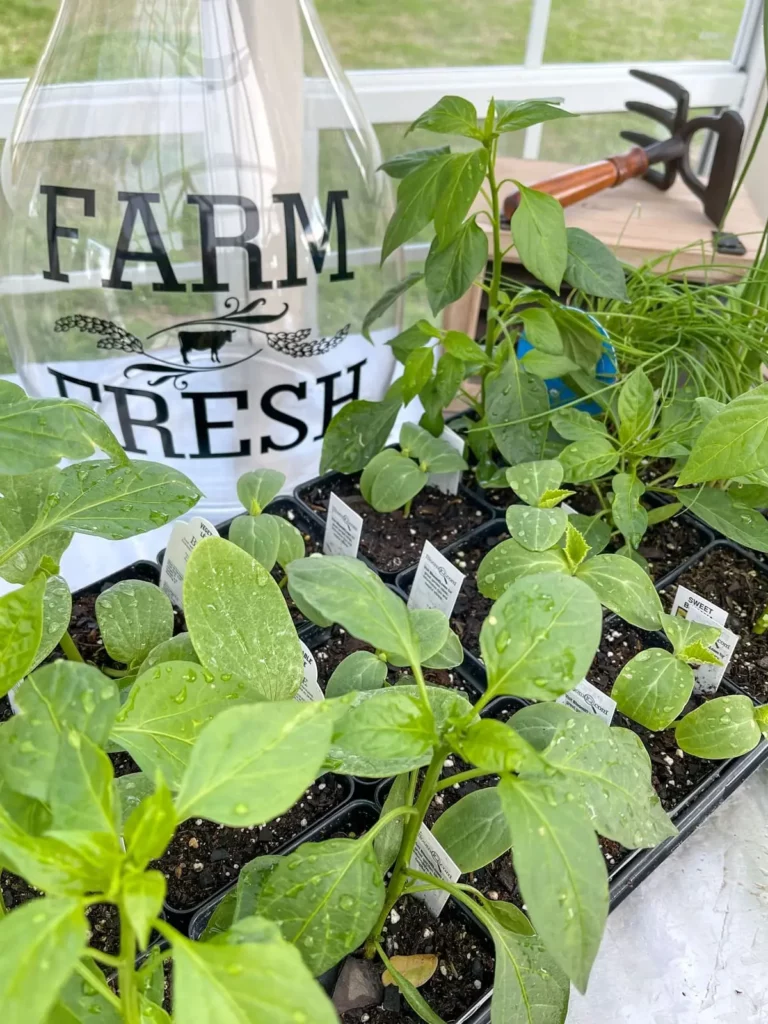
One of my favorite months to garden in Texas! Spring is off and running and the anticipation of a new garden has begun. Our state flower, the bluebonnet, finally emerges from its winter rest and it is a site to behold! The nurseries are usually fully stocked with an abundance of Spring plants.
March Checklist:
- Stock up on vegetables and highly popular plants, before they sell out.
- Prune azaleas
- Begin to fertilize roses
- Warm season vegetables can now be planted
- Prune Spring flowering shrubs and vines and established perennials
- Fertilize annuals
What I Can Plant in March
- Arugula
- Basil
- Beans
- Beets
- Chives
- Corn
- Cucumber
- Melons
- Onion Bulbs
- Oregano
- Potatoes
- Rosemary
- Sage
- Summer Squash
- Swiss Chard
- Tomatoes
- Winter Squash
April
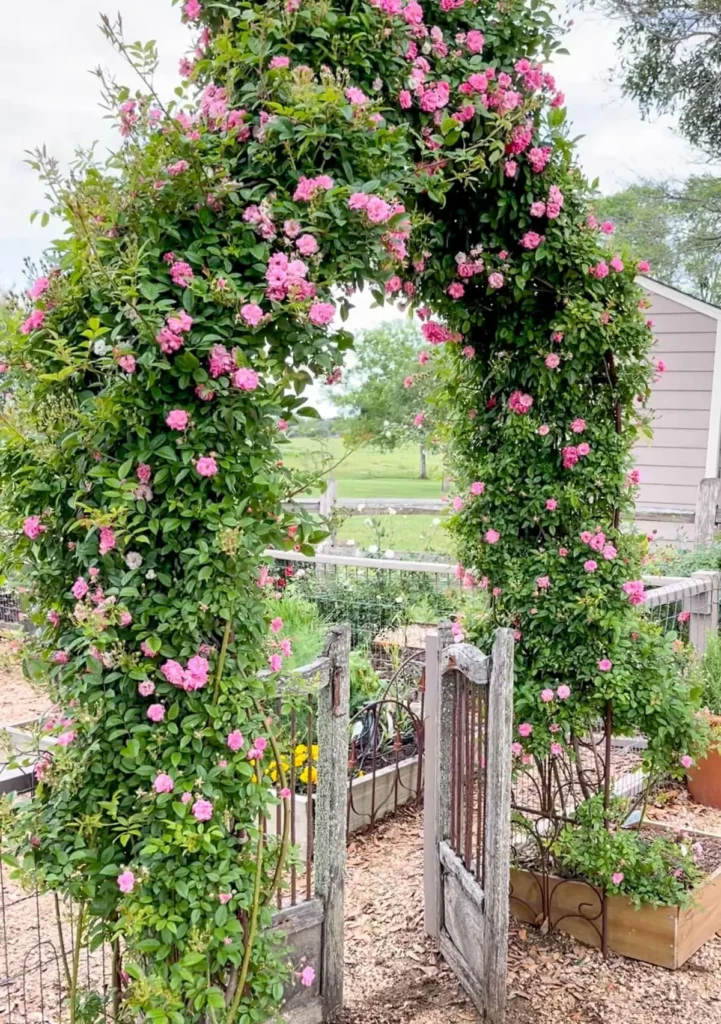
Spring is in full swing down South and I am finishing up tweaking my garden for the upcoming warmer months.
April Checklist:
- Plant annuals, Spring flowers, roses, vegetables, and herbs
- This is the best month for repotting house plants and tropical plants
- Prune Fall perennials to encourage branching
- Get ideas on what to plant for your warm-season garden
What I Can Plant in April:
- Basil
- Beans
- Corn
- Cucumber
- Melons
- Okra
- Oregano
- Peppers
- Rosemary
- Sage
- Summer Squash
- Sweet Potatoes
- Swiss Chard
- Tomatoes
- Tomatillos
- Winter Squash
May
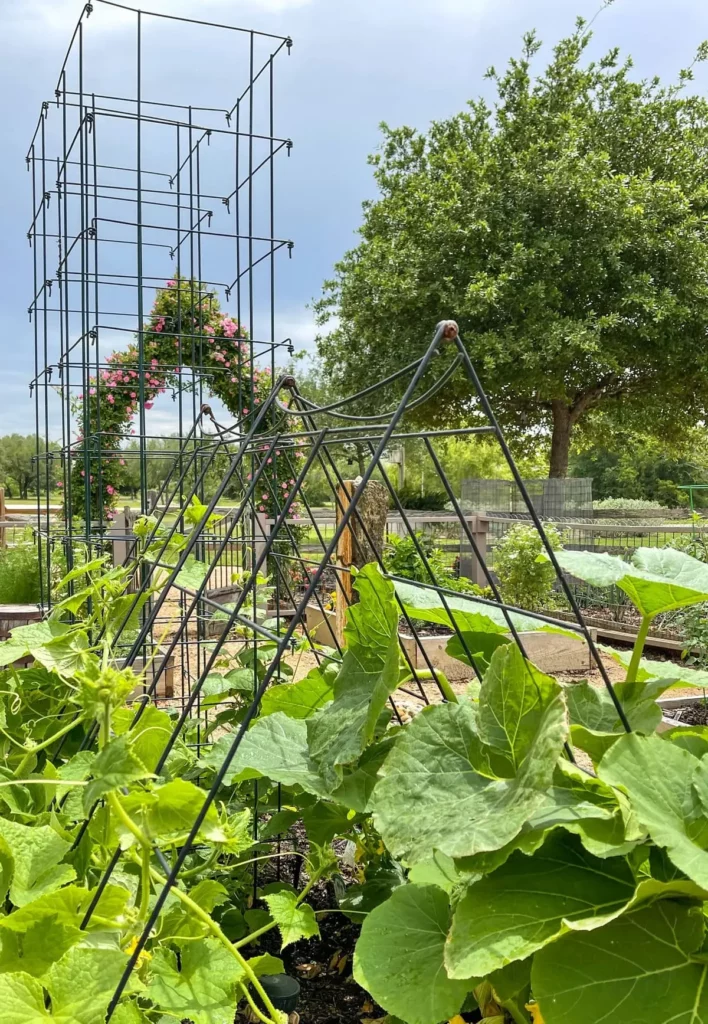
This is a transition time in Texas from Spring to Summer. The temperatures begin to rise and it’s the perfect time to prepare for the warm summer months, with intense heat.
May Checklist:
- Replace or replenish mulch
- Prepare beds for the next crop of flowers by removing cool season plants and weeds
- Mix organic matter in beds
- Plant summer annual color and tropical plants as well as summer vegetables
- Feed annuals, perennials and vegetables
- Prune Spring blooming shrubs and vines
- Prepare for Mother’s Day with potted plants and color-bowls
What I Can Plant in May:
- Arugula
- Basil
- Beans
- Black Eye Peas
- Cantaloupe
- Cucumber
- Eggplant
- Lavender
- Melons
- Okra
- Oregano
- Peppers
- Pumpkins
- Rosemary
- Sage
- Summer Squash
- Sweet Potatoes
- Swiss Chard
- Thyme
- Tomatillos
- Winter Squash
June
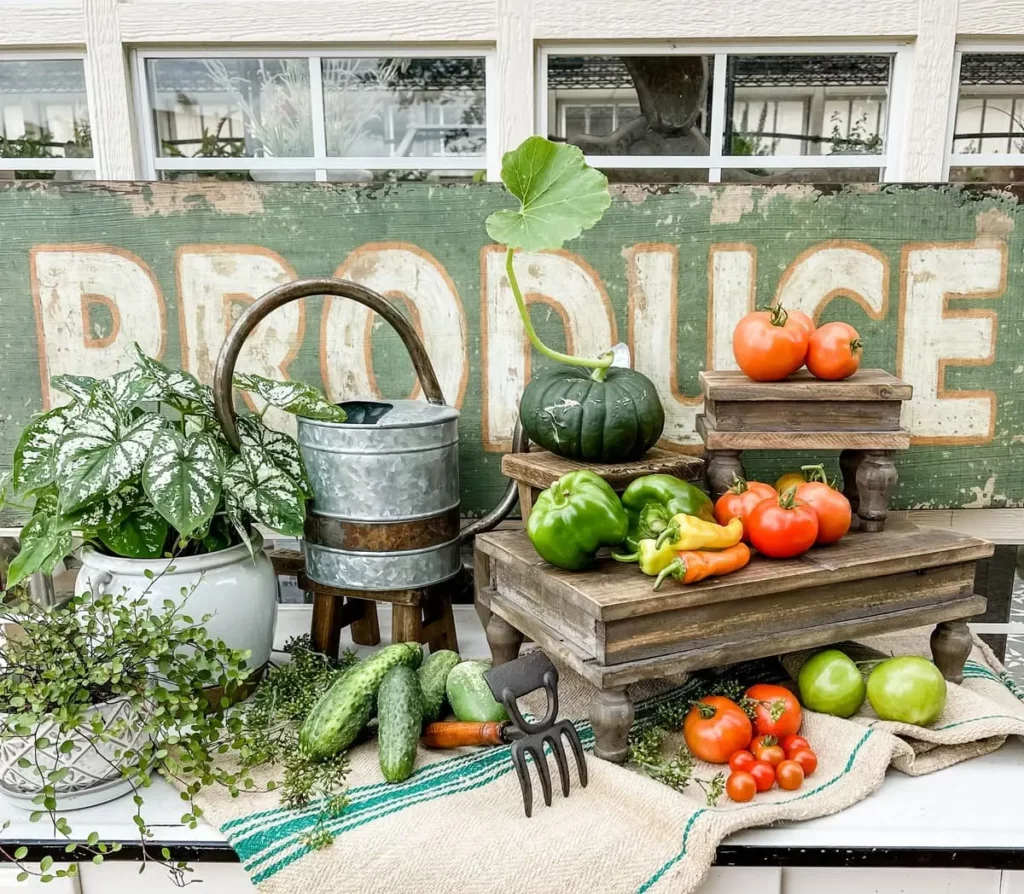
The temperatures are rising and we will be dealing with intense heat for the next several months. The stress of summer begins to take a toll in the garden. Be sure to evaluate flower plantings and try to work on days that are overcast or in the mornings.
June Checklist:
- Evaluate flower plantings and beds. Do you need more or less?
- Plant heat-tolerant annuals
- If plants are low in vigor, try a soluble fertilizer
- Perfect time to plant hibiscus
- Feed your tropical plants
- Remove spent flowers as they brown
What I Can Plant in June:
- Basil
- Black Eye Peas
- Cantaloupe
- Cumin
- Eggplant
- Lavender
- Melons
- Okra
- Peppers
- Pumpkins
- Rosemary
- Sage
- Southern Peas
- Thyme
- Watermelon
- Winter Squash
July
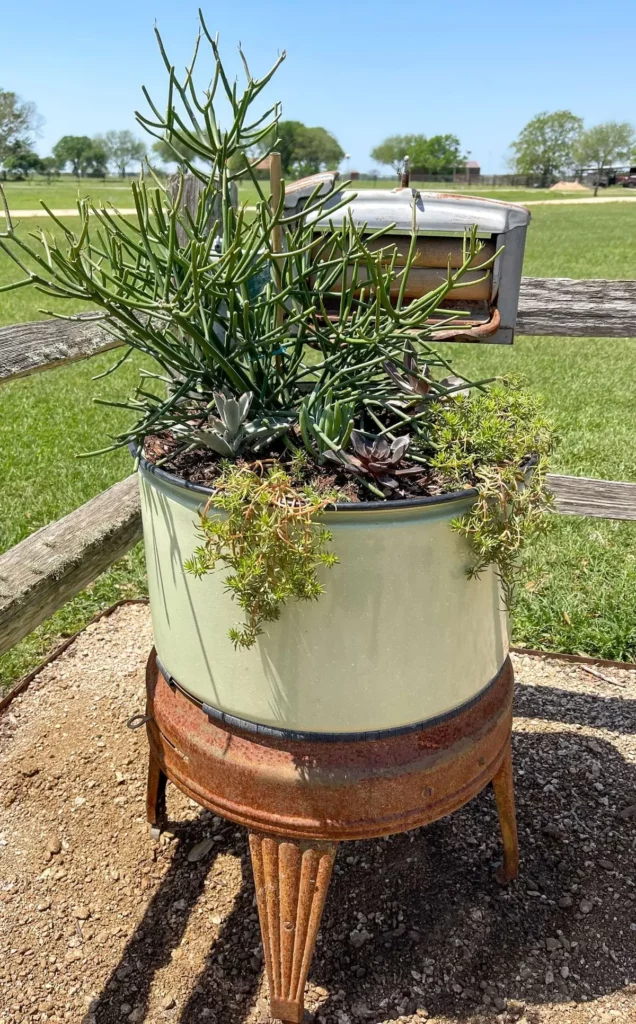
The temperatures are hot and intense so it’s time to focus on mulching and watering. Check on plants daily as watering needs increase during this time.
July Checklist:
- Check irrigation to all plants
- Lightly prune roses
- Plant Copper plants that thrive in the heat
- Start prepping Fall garden beds now
- Fall tomatoes and pumpkins can be planted, followed by peppers in 2 weeks.
- You can still plant heat-tolerant plants
- Remove dead or damaged limbs or branches
- Pinch off any growing tips from lanky annual and perennial plants
- On hot days, spend time indoors reading a good gardening book, specific to your area
- Decide on cool-season annuals you like to grow from seed
What I Can Plant in July:
- Basil
- Black Eye Peas
- Cantaloupe
- Cucumber
- Corn
- Eggplant
- Okra
- Oregano
- Pumpkin
- Rosemary
- Thyme
- Tomatillos
- Winter Squash
August
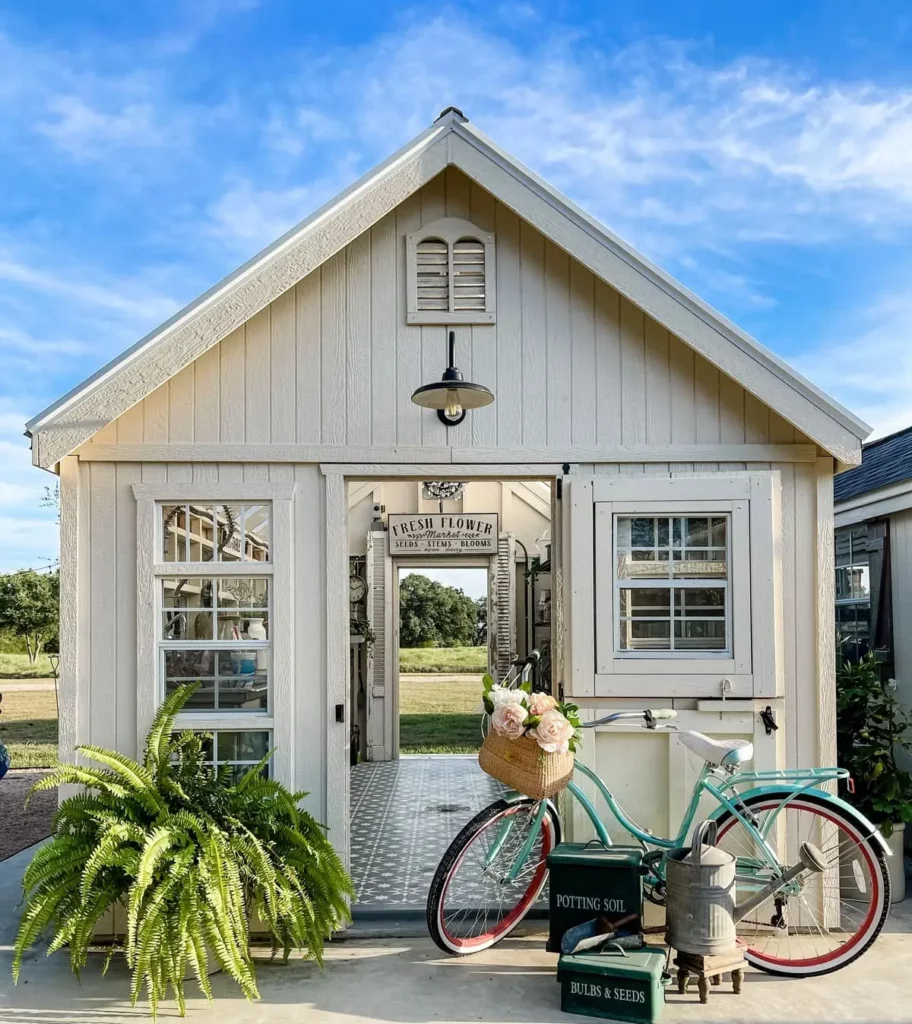
The weather begins to turn cooler and Fall crops can begin to be planted. It’s an eagerly anticipated time of the year, as we finally get relief from the intense summer heat.
August Checklist:
- Plant annuals for Fall color such as zinnias, marigolds, caladiums, vinca and celosia
- Plant fall-flowering perennials such as mums, asters and sage
- Plant Fall flowering bulbs
- Sow wildflower seeds for next Spring
- Plant Fall vegetables
- Ensure irrigation is set to water only in the mornings to help prevent fungal disease
- To best prepare for Fall planting, now is the time to deadhead, trim, stake, support and replace plants
- Address pest control and fertilization
What I Can Plant in August:
- Beans
- Corn
- Cucumber
- Eggplant
- Garlic
- Melons
- Okra
- Peppers
- Potatoes
- Tomatoes
- Winter Squash
September
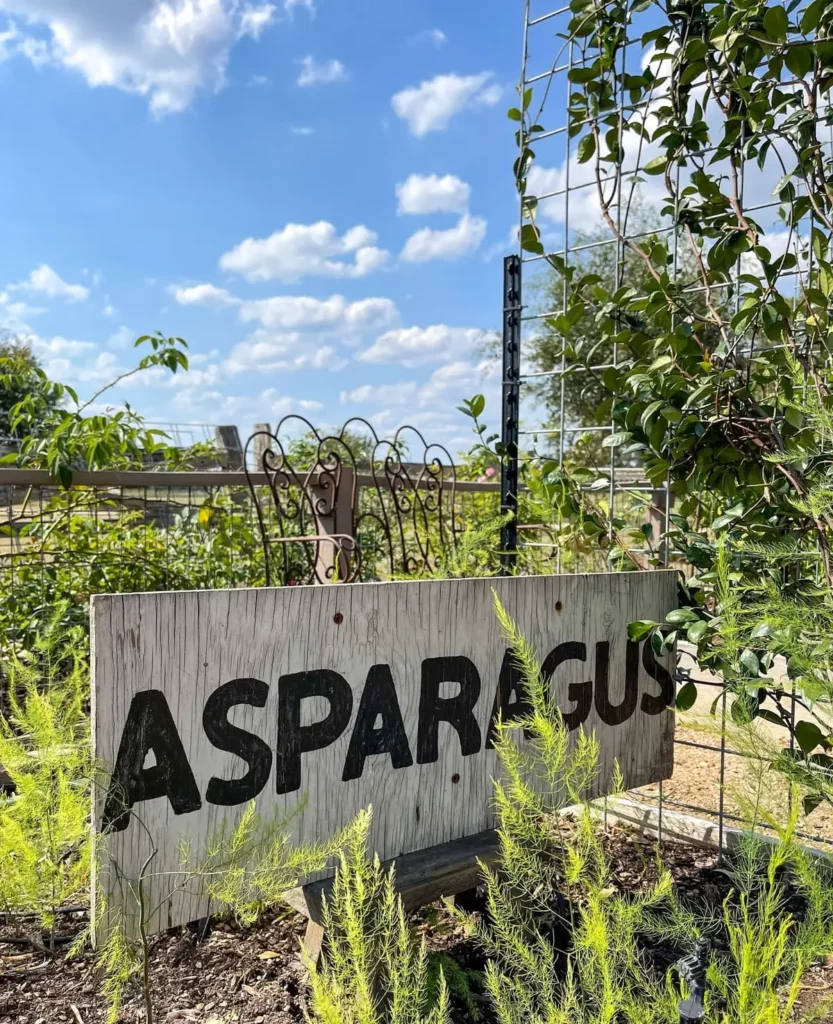
I have found in Texas, this is the best time of the year to garden!
September Checklist:
- Plant cool-season color
- Sow wildflower seeds for Spring
- Feed fall-flowering annuals
- Plant easy growing tomatoes, peppers and garden mums
- Prune Hybrid Tea and Floribunda roses
What I Can Plant in September:
- Broccoli
- Carrots
- Cauliflower
- Chives
- Cilantro
- Collards
- Dill
- Fennel
- Garlic
- Kale
- Leeks
- Mustard
- Onion
- Oregano
- Parsley
- Peas
- Radishes
- Spinach
- Swiss Chard
- Turnip
October
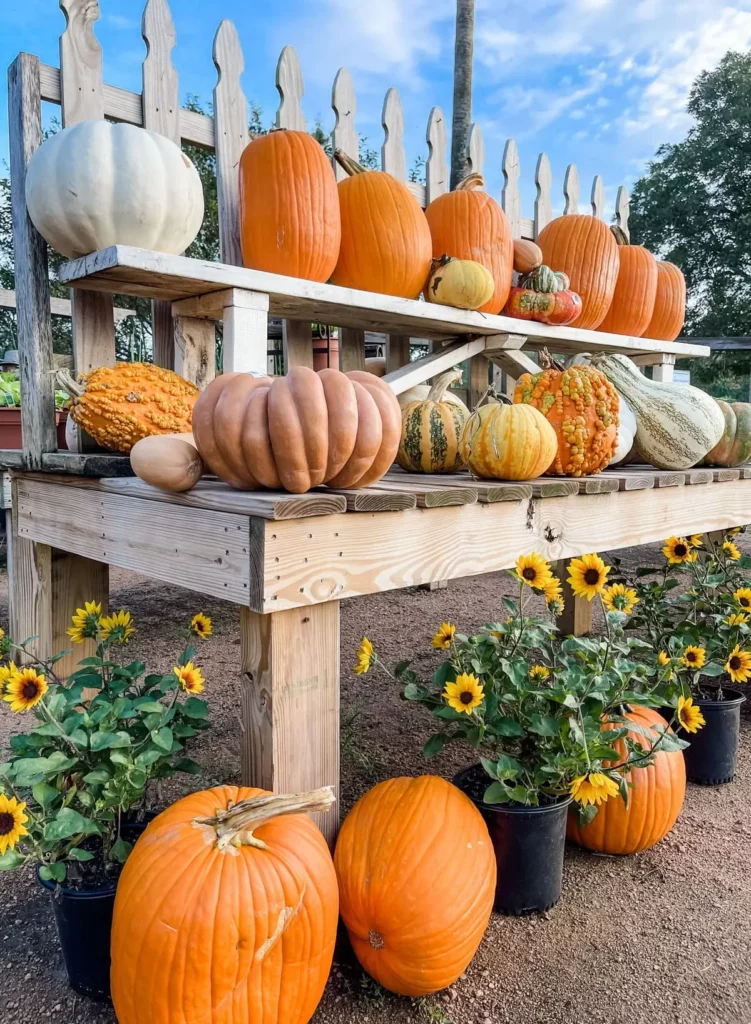
My favorite time of the year. October is another transitional month in Texas. Milder weather relieves us of the heat of summer and it is a time to enjoy the efforts of your Fall garden.
October Checklist:
- Dig and divide Spring perennials, such as lilies and iris
- Begin to chill Spring bulbs in the refrigerator for 45 days prior to planting in the Spring
- Plant Winter annuals
- Feed Fall annuals with a water-soluble high-nitrogen fertilizer
- Dig up caladium bulbs to save for next year. Store in a cool, dry location
- Stop feeding roses
- Plant onions
What I Can Plant in October:
- Artichoke
- Beets
- Broccoli
- Cabbages
- Carrots
- Cauliflower
- Chives
- Cilantro
- Collards
- Dill
- Fennel
- Garlic
- Kale
- Leeks
- Mustard
- Onion
- Oregano
- Parsley
- Peas
- Radishes
- Spinach
- Swiss Chard
- Turnip
November
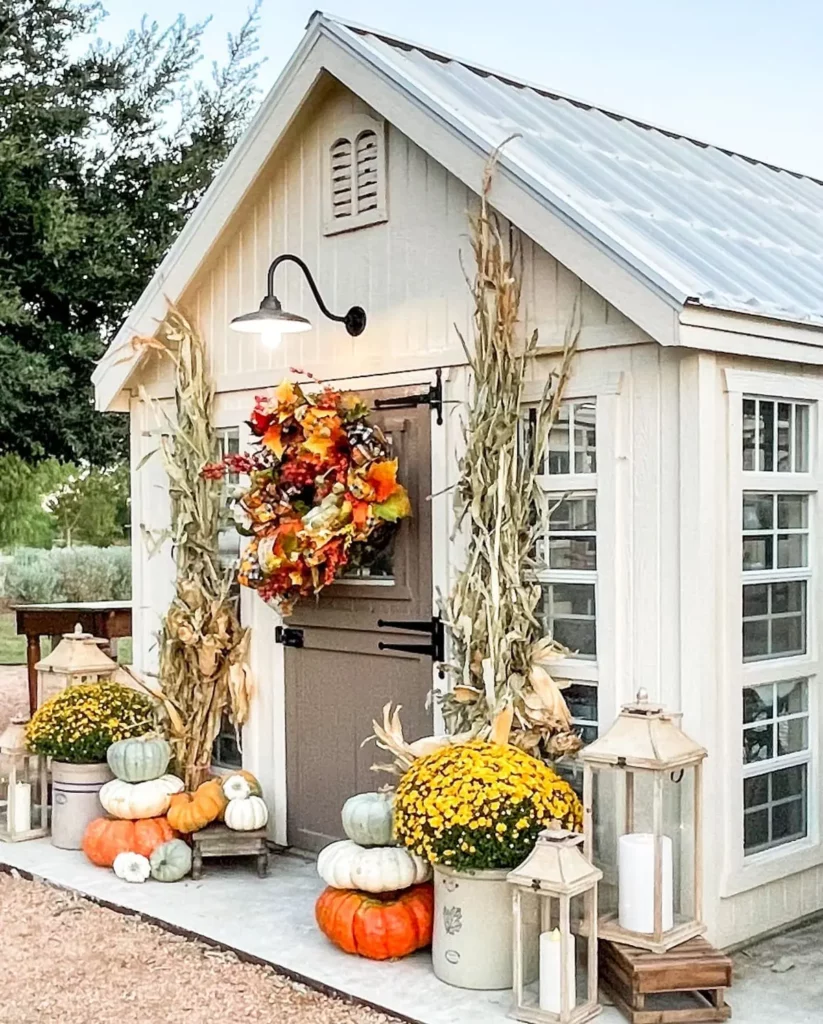
Cooler weather sets in and our first frost is likely to occur. Now is the time to complete projects and begin to prepare for late winter and early Spring plantings.
November Checklist:
- Finalize cool-season beds and plant them
- Plant Winter annuals
- Plant Cyclamens now
- Divide and replant perennials
- Chill daffodils and hyacinths until late December to ensure they bloom
- Apply a layer of mulch for Winter protection and weed prevention
What I Can Plant in November:
- Arugula
- Broccoli
- Cauliflower
- Chives
- Cilantro
- Collards
- Dill
- Fennel
- Garlic
- Kale
- Lettuce
- Mustard
- Oregano
- Parsley
- Radishes
- Spinach
- Strawberries
- Swiss Chard
- Turnip
December
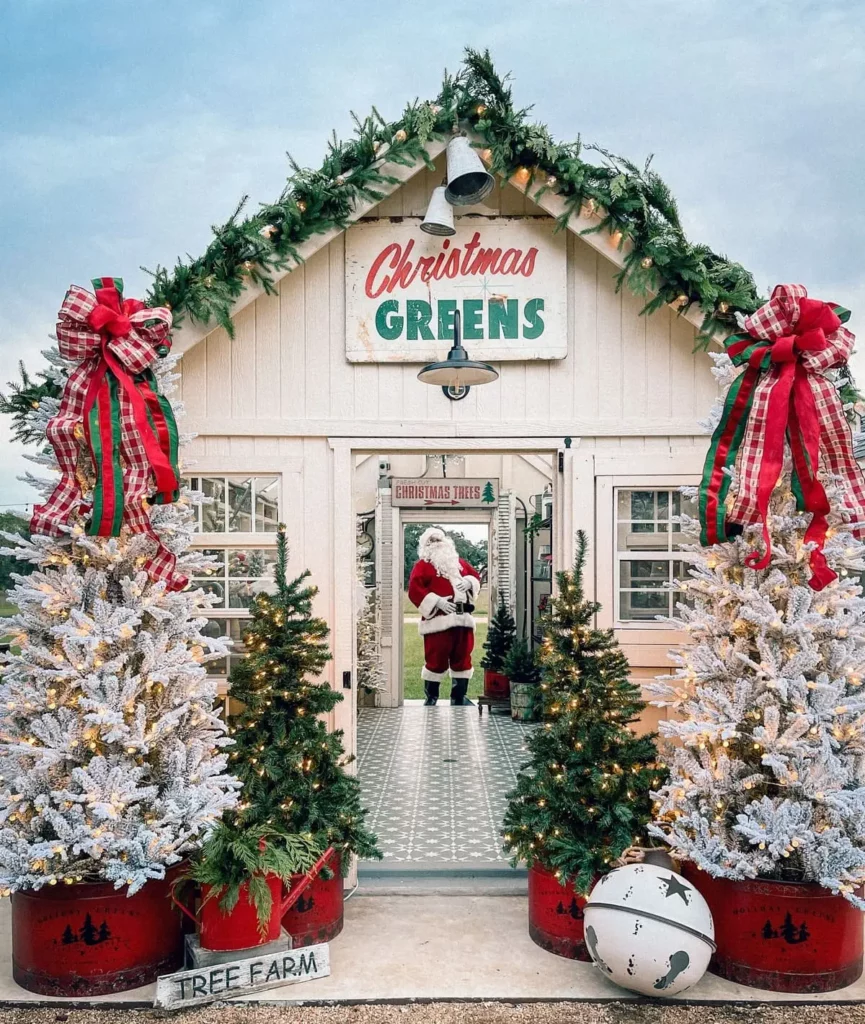
Things have slowed down in the garden. This is the best time of the year to finish all projects before the harsh Winter sets in.
December Checklist:
- Plant Winter annuals
- Protect plants from freeze damage with frost cloths, covers and blankets. Be sure to remove once it heats up to prevent burning on existing plants
- Plant Amaryllis and Paperwhite bulbs
- Visit a local Christmas tree farm
- If you forgot to mulch in November, do so now
- Indulge your gardening friends with fun and interesting gifts
- Take time to read your favorite gardening magazines and seed catalogues and begin preparing for early Spring gardening ideas and changes to your garden
What I Can Plant in December:
- Arugula
- Cabbage
- Green Onion
- Kale
- Leeks
- Lettuce
- Mustard Greens
- Radishes
- Spinach
- Swiss Chard
- Turnips
Resources:
Lone Star Gardening by Neil Sperry
The Book of Outdoor Gardening by Smith & Hawkin
Month-By-Month Gardening in Texas by Dale Groom and Dan Gill
The Sustainable Vegetable Garden by John Jeavons and Carol Cox
1001 GardenLine Questions by Randy Lemmon